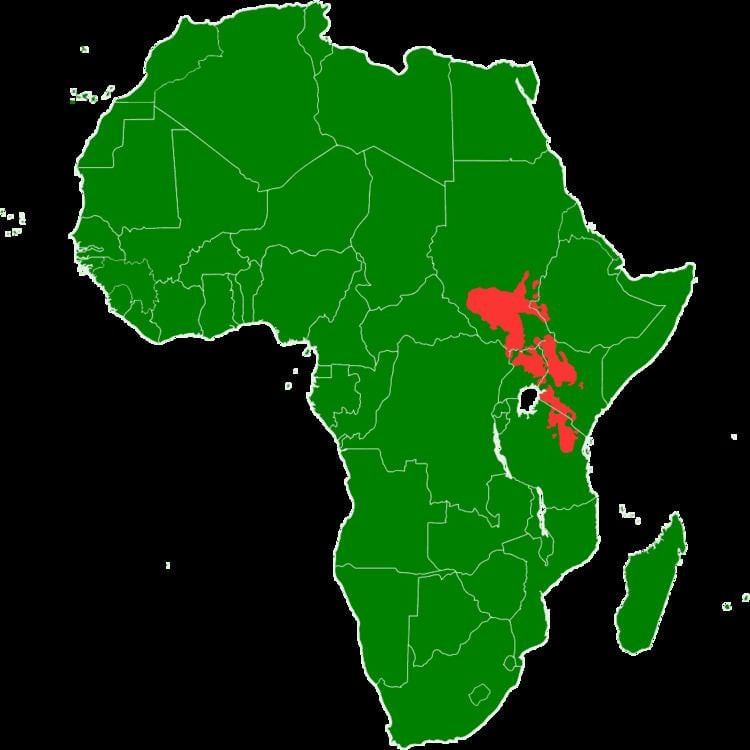Glottolog nilo1247 | ||
 | ||
Geographicdistribution southwestern Ethiopia, South Sudan, Sudan, northeastern Congo (DRC), northern Uganda, western Kenya and northern Tanzania Subdivisions Eastern NiloticSouthern NiloticWestern NiloticBurun | ||
The Nilotic languages are a group of Eastern Sudanic languages spoken across a wide area between South Sudan and Tanzania by the Nilotic peoples, who traditionally practice cattle-herding.
Contents
Etymology
The word Nilotic means of or relating to the Nile River or to the Nile region of Africa. Nilotic Languages are the languages spoken in the region spreading from the Nile River and the Nile Delta.
Demographics
There are approximately seven million current speakers of a Nilotic Language. Nilotic peoples, who are native speakers of the language, originally migrated from all around Africa, primarily from the Nile River area. Modernly, Nilotic language speakers live in the Nilotic peoples region, which contains parts of the Democratic Republic of the Congo, Ethiopia, Kenya, South Sudan, Tanzania, and Uganda.
Subdivisions
According to linguist Joseph Greenberg, the language family is divided up into three subgroups:
Before Greenberg's reclassification, Nilotic was used to refer to Western Nilotic alone, with the other two being grouped as related "Nilo-Hamitic" languages.
Blench (2012) treats the Burun languages as a fourth subgroup of Nilotic. In previous classifications, the languages were included within the Luo languages. Starostin (2015) treats the Mabaan-Burun languages as "West Nilotic" but outside the Luo level.
